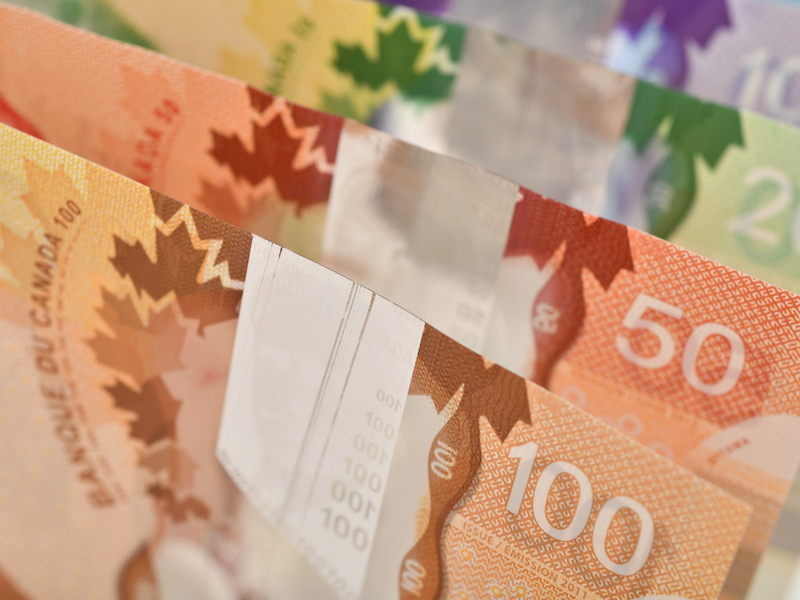

Cash is not king when it’s kept on the sidelines
Chris Koltek of Portfolio Solutions Group says it could be time to cash in those money market accounts
- Featuring: Chris Koltek
- March 19, 2024 March 19, 2024
- 13:01

(Runtime: 5:00. Read the audio transcript.)
**
The move into money-market instruments like bank certificates, Treasury bills and commercial paper made sense recently, but it may be time to put that cash back to work, says Chris Koltek, institutional client portfolio strategist with Portfolio Solutions Group.
Koltek said as inflation eases and investor confidence grows, money might be better invested in traditional stocks and bonds.
“Holding cash can make sense as part of an emergency fund or part of the client’s overall financial plan,” he said. “The challenge is that cash is not a long-term investing solution. Cash feels safe, but it loses value over time, and has an opportunity cost.”
He said the current environment offers good runway for both fixed income and equities.
“Corporate balance sheets are strong, earnings are improving, and there’s consensus that central banks will be easing rates,” he said.
And investors should also consider tax efficiency, he added.
“Typically the returns on cash would be taxed as interest income, at the investor’s marginal rate — around 50% for higher-income Canadians — while income from a fund, depending on what it holds, can be taxed as a mix of interest, capital gains, dividends and foreign income.”
If investors are slow to return to traditional markets, it could be because of lingering fears that market turbulence is not done.
“We’re at a point where the economic data certainly looks better than it did six months ago, but there’s still a lack of conviction in the direction of the markets,” he said. “And a concern about an economic slowdown is still on people’s minds.”
Nevertheless, staying in money markets too long is a risk of its own, he said.
“Waiting to invest can hurt returns. Missing only a handful of the best [market] days can significantly diminish returns,” he said.
As an example, he said an investment of $10,000 into the S&P/TSX composite 20 years ago — if it stayed fully invested — would have grown to $55,000 by the end of 2023.
“If you missed the best week, you’d end up with about $49,000,” he said. “Miss the best 10 weeks and you end up with $25,000.”
Koltek said Canadian fixed income and emerging markets are appealing investment opportunities right now.
“Looking at where we are in the economic and rate cycle, Canadian fixed income as an asset class looks promising in terms of both stability and growth potential,” he said. “It offers a high yield, relative to what we’ve experienced in the past decade.”
In emerging markets, the ongoing shift in global supply chains away from China has benefited other emerging markets, particularly Mexico and India.
“This is on top of strong economic trends, such as growth of domestic demand and a diversification away from commodity-centric economies,” he said. “There’s a real opportunity to be selective in emerging markets and benefit from some of these trends.”
So, leaving investable money in cash-equivalent products is no longer the safest option, he said.
“Cash is typically not king when it comes to sitting on the sidelines for investors,” he said. “The old saying — that the best time to invest in the markets was yesterday, and the second-best time is today — is likely going to hold up in the next five years, just as it did in the past 50.”
**
This article is part of the Soundbites program, sponsored by Canada Life. The article was written without sponsor input.
